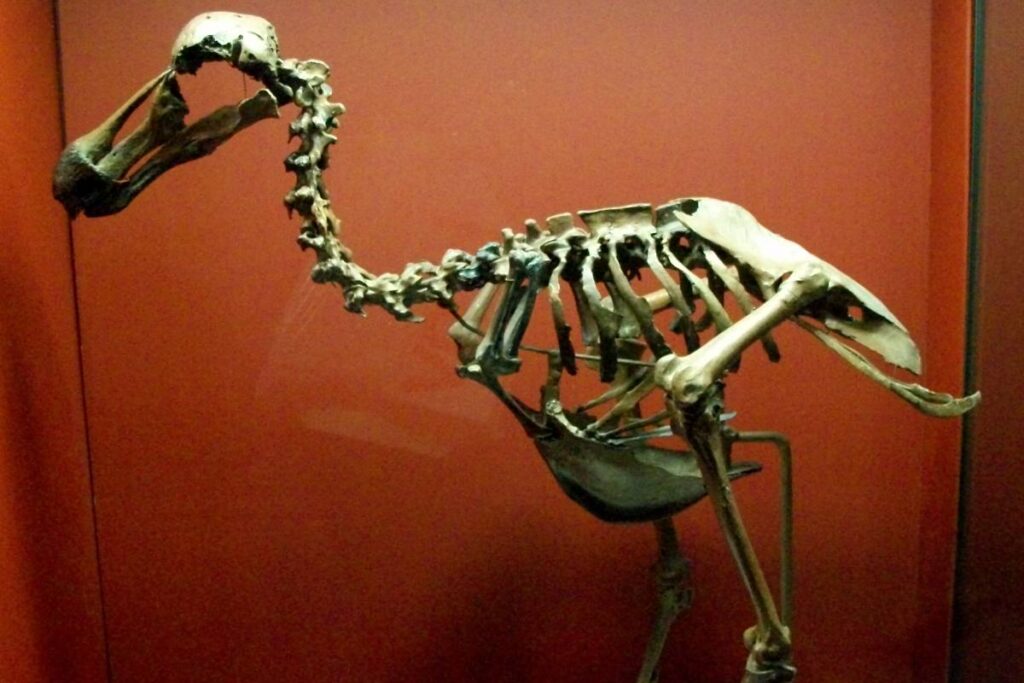Humanity has enjoyed the company of many fascinating wildlife species over the centuries. But the sad part is that not all of them are still with us. Many have failed the test of time, fading sadly and never to be seen.
Let’s see some of the animals that left the scene, some as recently as seventy years ago.
Tasmanian Tiger
The Tasmanian Tiger got its name from Tasmania, a part of Australia where it was native. The animal also lived in parts of New Guinea.
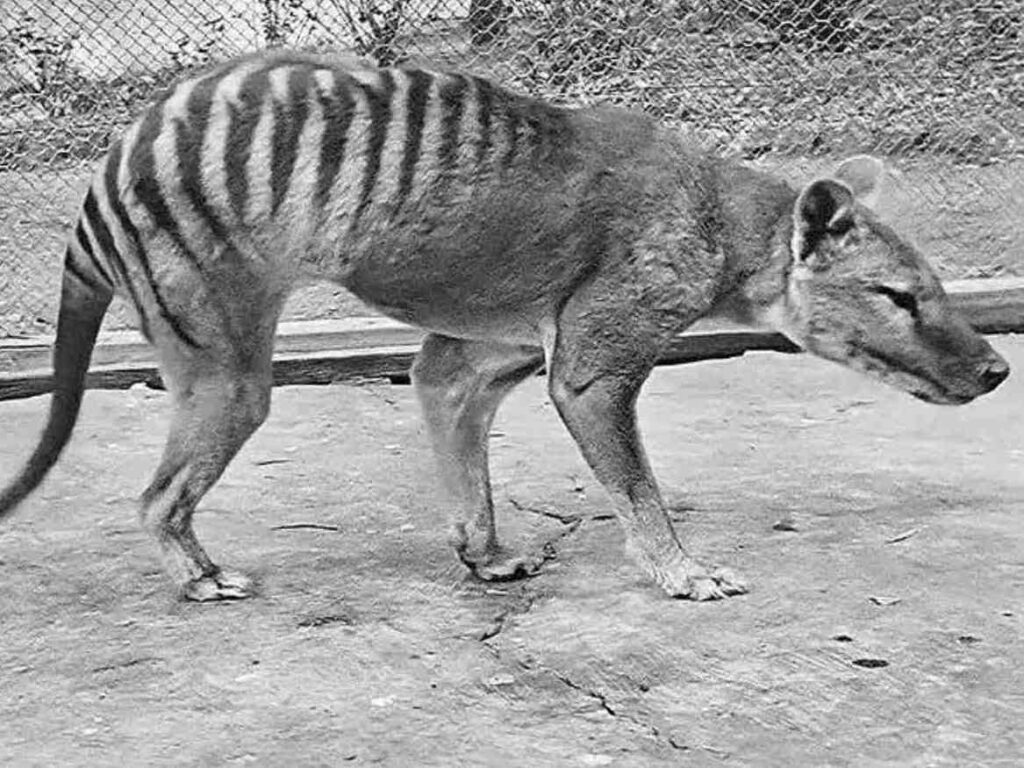
Also called Thylacine, the Tasmanian Tiger was a carnivorous marsupial or meat-eating mammal. It was pretty large and looked just like a striped dog. It was a popular target for hunters, hence its extinction. The last of its kind died in 1936.
Passenger Pigeon
The passenger pigeon is a species of pigeon that once dominated the North American skies. Its name comes from the French word passager, which means “passing by.” Indeed, the bird was notorious for its migratory character.
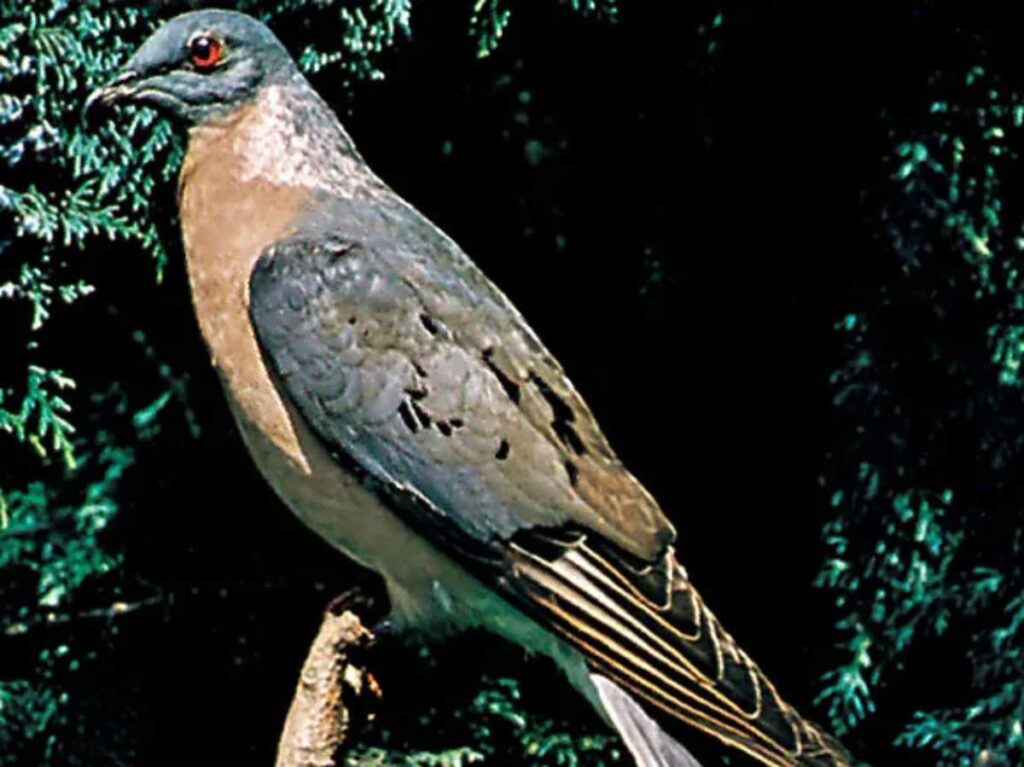
The bird became a target of large-scale hunting expeditions, which led to its extinction. The last recorded passenger pigeon died in 1914 at a Cincinnati Zoo.
Dodo
The Dodo was a flightless bird that once dominated the Island of Mauritius, close to the Indian Ocean. Drawings and paintings showed a creature with yellow feet, brownish-grey plumage, and a beak with black, yellow, and green colors. The bird had little or nothing to fear, not even humans, as it had no natural predators.
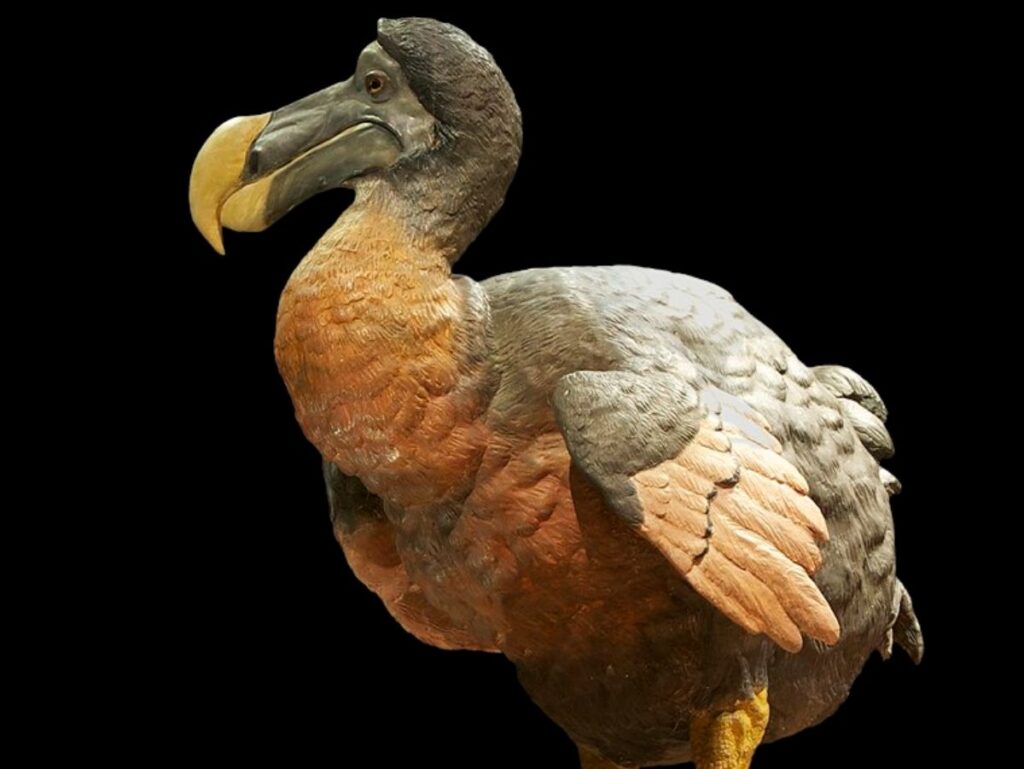
However, their proximity to humans made them easy hunting targets, and the species became extinct in the 17th century.
Falkland Islands Wolf
Also known as the warrah or the Falkland Islands dog, the Falkland Islands Wolf was the only mammal native to the islands. History records that it was the only mammal Charles Darwin saw when he touched down on the Island in 1833.
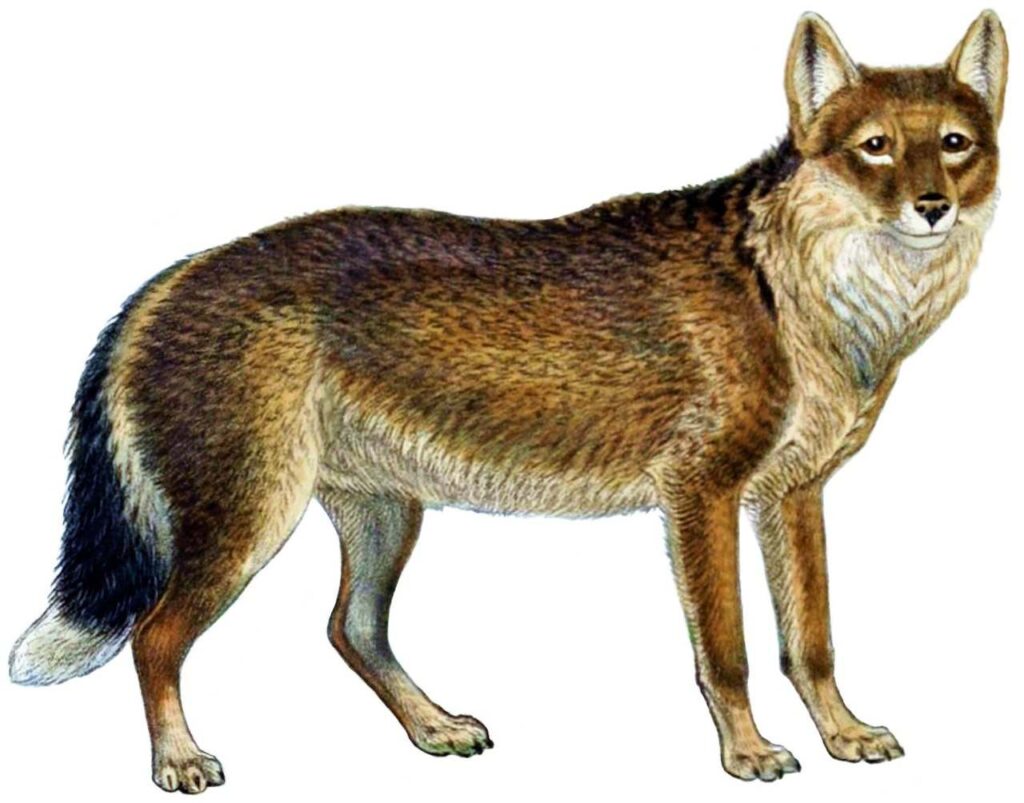
Darwin also predicted the imminent extinction of the species. True to his words, hunters began to kill the animals in the 1800s because they saw them as a threat to their livestock.
ALSO READ: Ron DeSantis Signs Bill Allowing People to Shoot Bears, Sparks Outrage From Wildlife Activists
Haast’s Eagle
Throughout history, no other species of eagle can boast of the size of the Haast Eagle. In particular, it had a large head, bill, legs, and talons. They got their name from Julius Haast, a geologist who published the first scientific piece on animals. He described them as a “raptorial bird of enormous dimensions.”
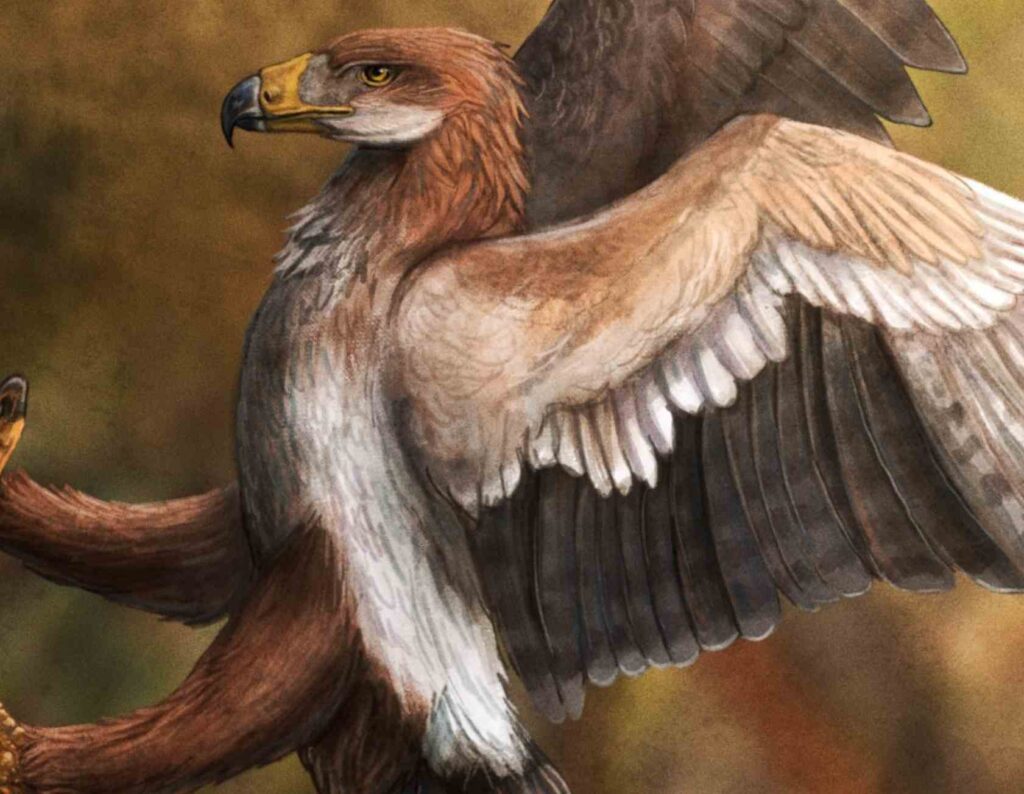
The Haast Eagle was native to New Zealand. It became extinct in 1400 after humans began to hunt down and decimate its major prey, the moa.
Quagga
The Quagga was a sub-species of the plains Zebra. The animal, which had a reddish-brown head, neck, and upper body, inhabited the plains of South Africa. Also, its upper parts had irregular bands and were adorned with dark brown stripes.
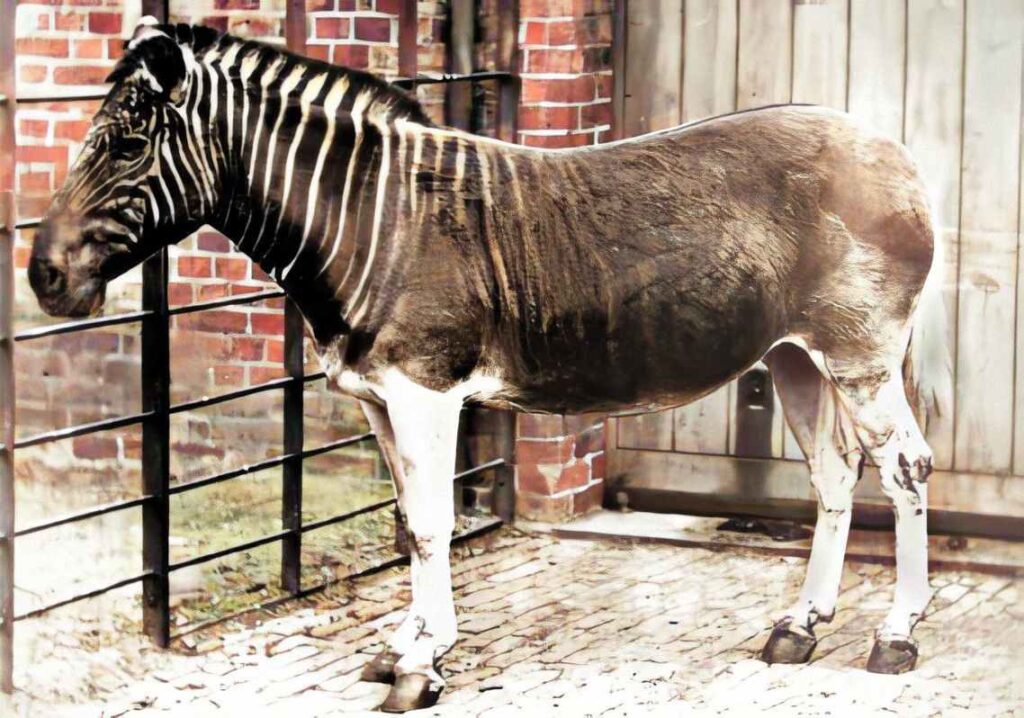
By the late 1870s, the animal no longer existed in the wild. But it was in 1833 that the last known Quagga died.
Ivory-Billed Woodpecker
This bird used to dominate the hardwood and coniferous forests of the United States and Cuba. Its bill was heavy, straight, chisel-tipped, and pale. Its plumage was striking black and white, and its eyes were lemon-yellow.
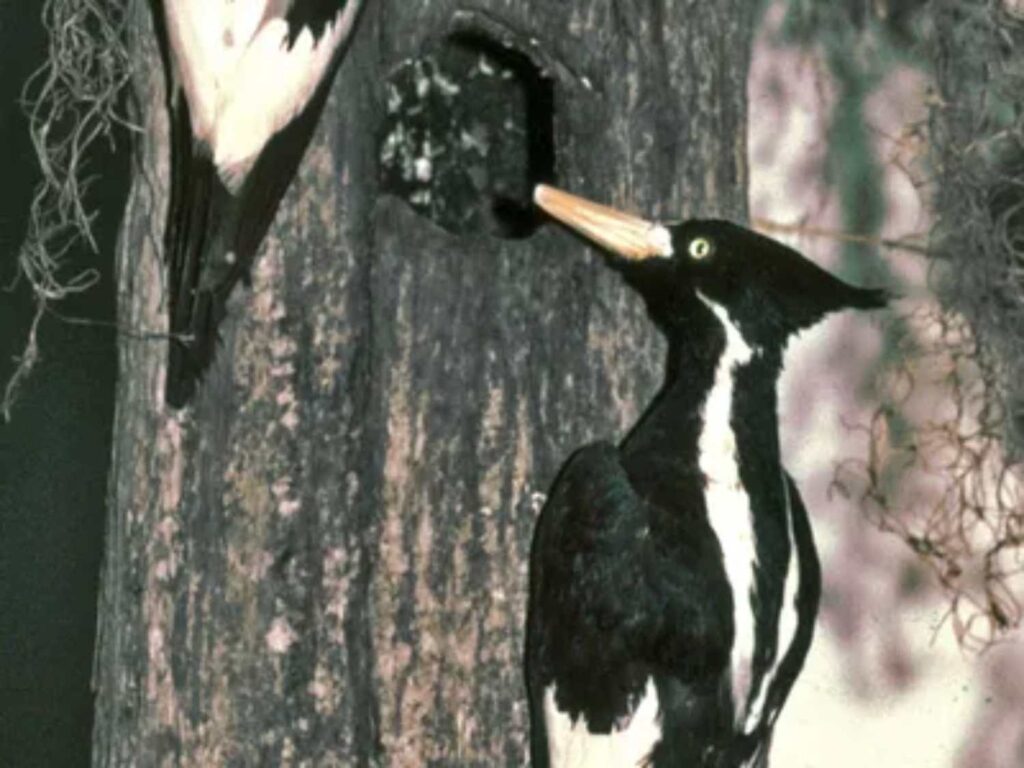
The bird’s population began to decline rapidly after massive logging activities destroyed its forests. The last of its kind was reportedly seen in the 1940s.
ALSO READ: Kristi Noem Says Biden’s Dog Deserves Same Fate as Her Shot Dog, Cricket
Pinta Island Tortoise
Also known as the Pinta Giant Tortoise, this animal is a subspecies of the Galapagos Island Giant Tortoise. Unfortunately, its population began to drop as whalers and other encroachers began to hunt them for food.
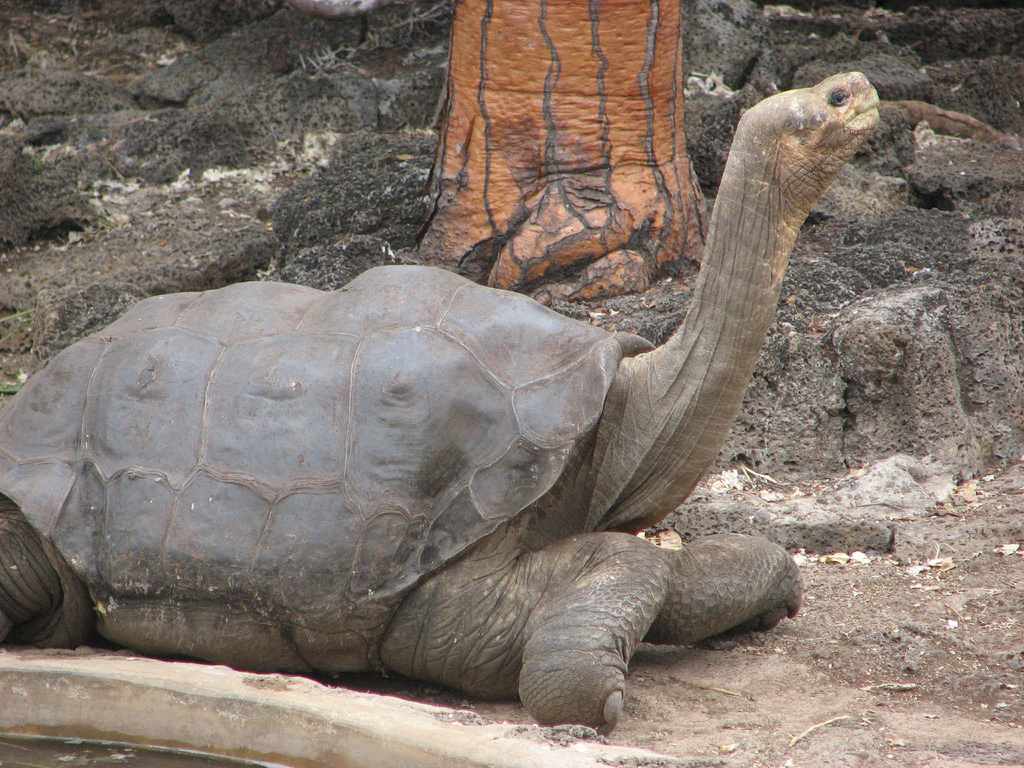
Significant efforts were made to revive its population less than two decades ago. However, scientists couldn’t find a mating partner for the last known Pinta Island Tortoise, which died in 2012.
Caribbean Monk Seal
The Caribbean Monk Seal entered the history books when it became the first seal species to go extinct. Of course, as its name suggests, it was native to the Caribbean.
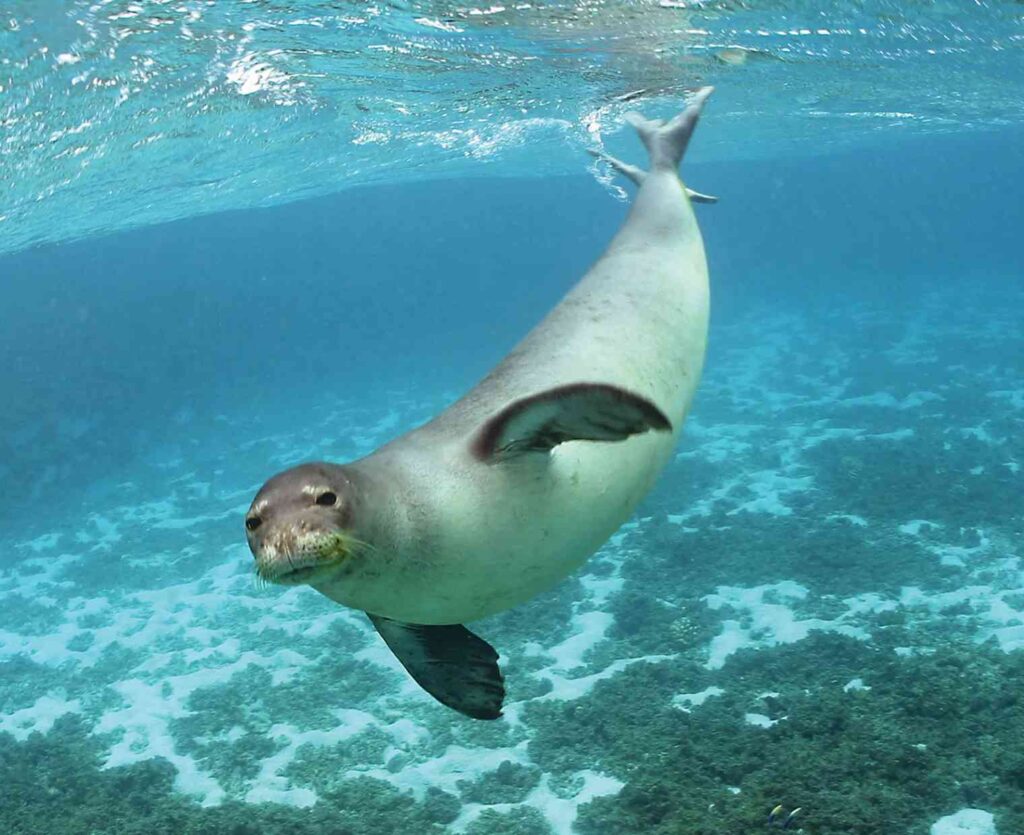
It had fascinating features such as V-shaped hind flippers. These seals were brown or gray with a lighter underside. Scientists last sighted one in 1952 before declaring them extinct in 2008.
Pyrenean Ibex
This Ibex was native to the Pyrenees mountains of Spain and France, which is how it got its name. Its major undoing was the fragmentation of its habitat, most of which took place in the 1800s. So much so that its population had dropped to 40 by 1910.
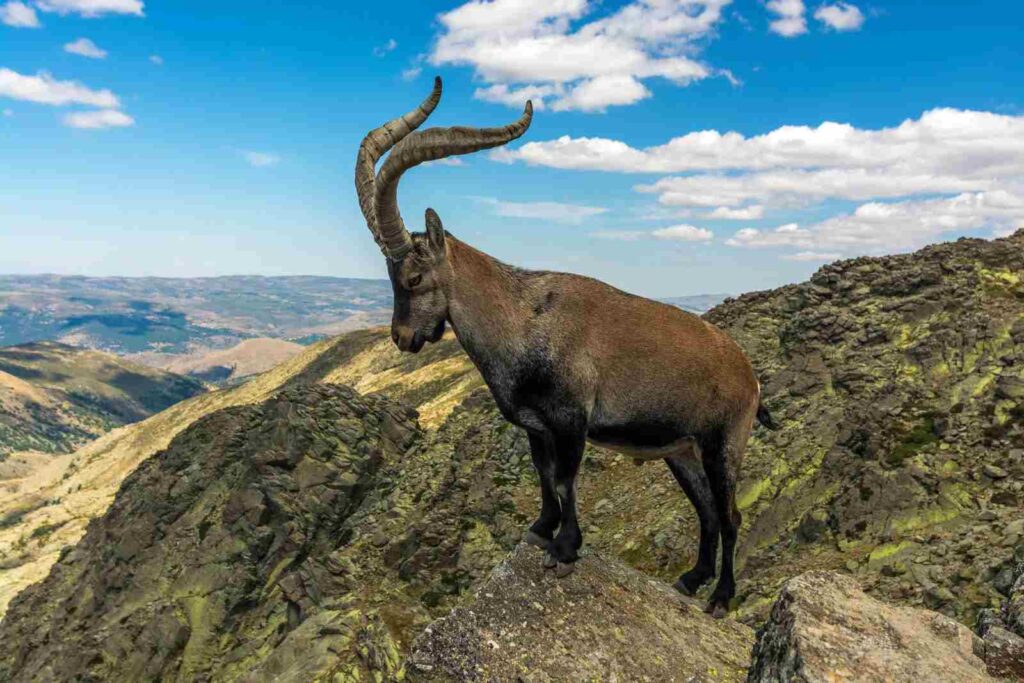
The species became extinct in January 2000 when a falling tree landed on and killed its last surviving member.
Extinction and Human Action
Extinction has deprived humanity of many wildlife species. As we have seen, human activity is the major cause of these extinctions. That’s why it has become important to spread education on how our actions can affect wildlife.

We can hunt and manage our forests more responsibly going forward. Otherwise, many more species will decline and go out of circulation.
You Might Also Like:
Starbucks Announces New Pairings Menu
Taylor Swift’s Ex-Boyfriend Discusses Their Split
Christian Group Petitions Supreme Court Justice Samuel Alito to Step Down
Halle and Chloe Bailey Give Social Media Users New Mood Memes
Source Reveals Kate Middleton Will Be Back in the Public Eye Soon
